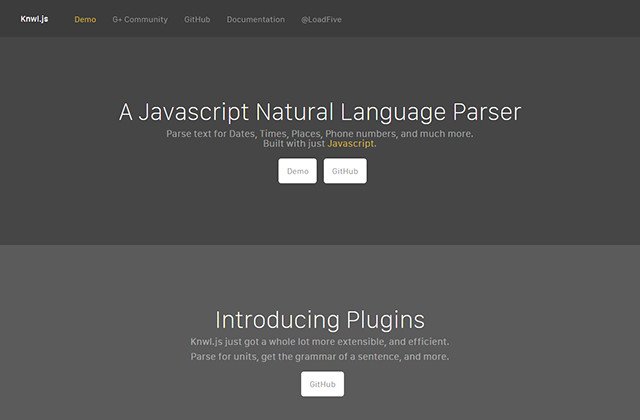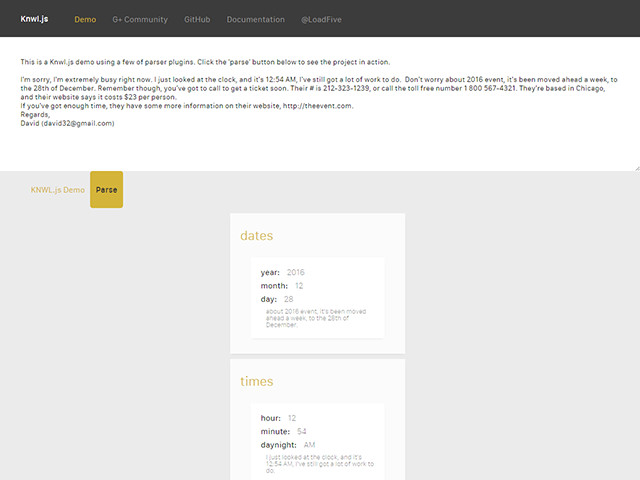Designing the holidays
It’s that time of year again. You know, the time when we all write articles about “that time of year”? I thought it would be fun to research how design (and the advertising industry) have affected not only Christmas, but a few of the major international holidays.
It’s hard to know exactly how much advertising has affected history. I mean, consider the story of how Coca Cola made Santa fat and red. It’s not true… at all.
According to the Snopes article that I just linked:
at best what Coca-Cola popularized was an image they borrowed, not one they created.
All in all, that story says more about how the advertising and design industries sell themselves than how they’ve changed holidays. The truth is that it’s usually the ads themselves that change with current practices, values, and trends.
But still, advertising has had some impact. Let’s find out just how big that impact was.
Christmas
There are a hundred Christmas legends, and even more theories about how we came to have the holiday we have now. Mind you, I say “the holiday we have now” somewhat loosely, because Christmas is celebrated differently all over the world.
One of the best Christmases I ever had was when I was alone, and I made steaks for myself and my dog, then watched a ton of Stargate SG1. My point is that while there are some common cultural markers, Christmas itself can be very different for all of the people who celebrate it.
Now those cultural markers… that’s where the advertising comes in. While Coca-Cola may not have invented the Santa we know today, it definitely spread Santa a lot further than he would have gone on his own.
Mind you, that second one is not specifically a Coca-Cola ad, but it serves to show the extent of their marketing prowess.
But they were just working with existing elements. Santa was red already because Christmas itself was red (and green) by long-standing tradition. (Thank you random plants and the Catholic church). Long before Coca-Cola practically patented the color, other brands were using red for emphasis on Christmas as early as 1900:
And now?
Now, Christmas is a much bigger deal than being a religious festival, because it’s a huge marketing opportunity. I mean, yes, Santa is known in Japan, but other parts of Asia are getting in on it too.
I won’t go on about how brands made Christmas more of a consumer holiday than a religious festival. The truth is, we did that ourselves. Coca-Cola just adapted existing imagery to their brand, and cashed in big, while reaching into new markets.
Heck, they’re even trying to give Chinese New Year the Santa Claus treatment with some new mascots.
Valentine’s
Okay, I’ll give Hallmark the credit for this one. Them and Hershey’s, basically. I mean sure, it was a thing before all of that. People exchanged notes, handmade cards, small gifts, and the like.
However, it was having a reliable mail system that really made the whole thing take off. Shy types could buy ready-made cards, drop then in the mail for a cent or two, and declare their love from afar. Lovers separated by distance could celebrate together… sort of.
Esther A. Howland began selling the first mass-produced Valentine’s cards somewhere in the 1840s. Hallmark was founded in 1910. Now there’s a thing called the “Hallmark channel”, and it’s every bit as sappy as you might imagine. It’s as if Lifetime and the C.W. had a family-friendly baby.
In between the greeting cards and the TV channel are thousands of examples of aggressive marketing along the lines of: “Buy her stuff (especially chocolate) or she won’t love you.”
This is one holiday where I have to say that marketing and design did make a huge difference, and not necessarily for the better. Congratulations Whitman’s Chocolates (and others), you turned Valentine’s day into our cautionary tale.
Halloween
Halloween is only an “international holiday” in a very general sense. It was only recently that trick-or-treating became a common thing here in Mexico. In some places in Europe, no one does it at all.
The interesting thing about Halloween — or “All Hallows’ Eve” (as in the day before All Saints’ Day) — is that it’s an Irish holiday, that was virtually forgotten in Europe, took off in America, and was then exported back to (amongst other places) Ireland.
But even when it got started in America, it was more of a harvest festival. Pumpkins were just big squash-things. Sweets were something you made for your guests when they came over to party.
And those sweets were home-made, mostly. There was, it is amusing to note, a general distrust of candy packaged and sold by companies. The home-made treats had to be more healthy, right? Why would a company know better than someone who baked their treats fresh?
By the 1950s, however, packaged candy become more acceptable, and the candy companies advertised it more. The 1970s brought urban legends of evil homeowners randomly poisoning children, or putting razor blades in the brownies. By then, anything that wasn’t packaged was seen as unsafe.
Then all candy companies needed to do was stick cute ghosts and bats on their packaging, and it was basically a goldmine.
Conclusion
Market forces follow the opportunities, and sometimes make them, if they have to. It’s not necessarily a bad thing, but we should not be proud of what happened to Valentine’s day.
We designers may not be as powerful as we’d like to imagine; however, we do need to pay attention to the work we do. Stay tuned for my inevitable future article: “Do we need a Hippocratic oath for designers?”
| Easily Rename Multiple Photoshop Layers with the Renamy – only $7! |

















